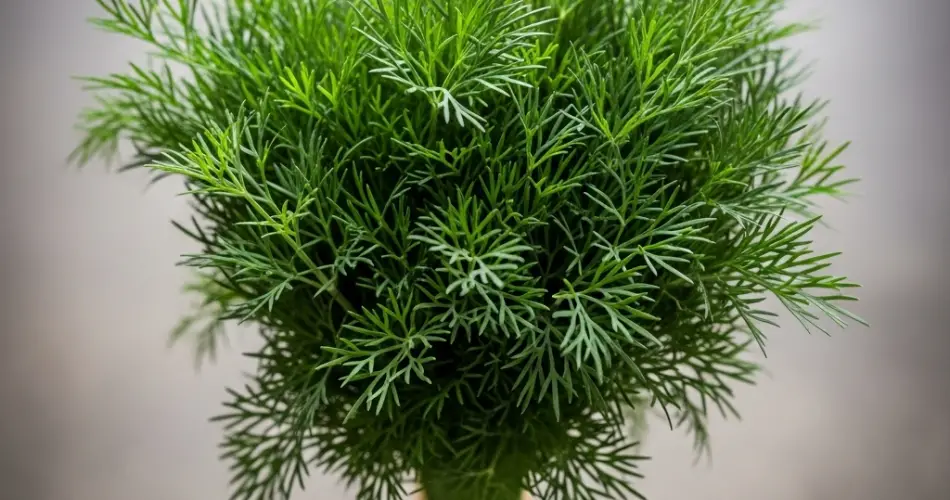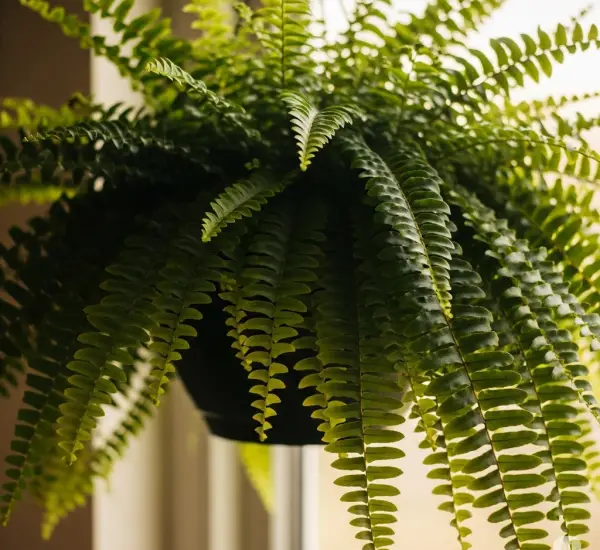Dill is a fragrant herb prized for its delicate feathery leaves and unique flavor that enhances salads, fish, soups, pickles, and more. While dill can grow tall and leggy if left unattended, encouraging it to grow bushier leads to a more productive and flavorful plant. Whether you’re growing dill in containers or garden beds, the key to a lush harvest lies in proper planting, pruning, and care techniques.
Here’s a complete guide to growing bushier dill and getting the most flavor from every leaf.
1. Choose the Right Variety
Start by selecting a variety of dill that naturally grows well in your climate and is suited for bushy growth. While standard dill varieties like ‘Bouquet’ and ‘Mammoth’ are popular, others like ‘Fernleaf’ are more compact and tend to be bushier by nature, especially ideal for containers.
Check seed packets for descriptions like “compact,” “leafy,” or “slow to bolt,” which are good indicators of varieties that stay productive and flavorful longer.
2. Plant in the Right Spot
Dill thrives in full sun and well-drained soil. Choose a location that gets at least 6–8 hours of sunlight daily. Dill that doesn’t receive enough sunlight often grows spindly and weak.
Plant seeds directly into the soil after the last frost, spacing them about 12 to 15 inches apart. If growing in containers, use a pot that is at least 12 inches deep and wide to allow room for root and leaf development.
3. Use Nutrient-Rich, Well-Draining Soil
Healthy soil is the foundation of bushy dill. Use light, loamy soil rich in organic matter. Add compost or aged manure before planting to give your dill a nutrient boost. Avoid heavy clay or compacted soil, which can hinder root growth and lead to leggy plants.
Maintain a slightly acidic to neutral pH between 6.0 and 7.5. If the soil is too acidic or too alkaline, dill may struggle to absorb nutrients effectively.
4. Water Wisely
Dill prefers evenly moist soil but doesn’t like sitting in water. Overwatering can lead to root rot, while underwatering can cause the plant to bolt (go to seed prematurely).
Water the plant when the top inch of soil feels dry. A good practice is to water deeply once or twice a week, depending on rainfall and temperature. Use mulch around the base to retain moisture and reduce weed competition.
5. Thin Seedlings Early
If you sow dill seeds closely together, it’s important to thin them once they reach about 2 inches tall. Crowded plants compete for light and nutrients, resulting in weaker, leggier growth.
Thin seedlings so that the healthiest ones are spaced about 12 inches apart. This allows each plant room to develop into a strong, bushy herb with plenty of flavorful leaves.
6. Pinch to Promote Bushier Growth
The most effective way to grow bushier dill is by pinching or pruning regularly. When the plant is about 6 inches tall, begin pinching off the top few inches of the central stem. This encourages side shoots to develop, creating a fuller, more compact plant.
Continue to pinch back the tips of new growth every week or two. Focus on harvesting from the top rather than the base. Avoid allowing the plant to form flower buds too early, as flowering often signals the end of leaf production.
7. Fertilize Lightly
Dill doesn’t need heavy feeding, but a light application of balanced organic fertilizer every 4 to 6 weeks can support healthy, lush growth. Too much nitrogen can lead to tall, floppy plants with fewer leaves, so use fertilizers sparingly.
Fish emulsion or compost tea are excellent gentle options for leafy herbs like dill. Apply during the early growth stages and after harvesting to help the plant recover and produce more foliage.
8. Protect from Pests and Weather Stress
Aphids and caterpillars occasionally target dill. Inspect leaves regularly and remove pests by hand or spray with a mild soap solution if needed. Companion planting with strong-smelling herbs like basil or mint can also deter insects.
Hot, dry conditions can stress the plant and cause it to bolt early. Provide afternoon shade during heatwaves and keep the soil consistently moist to extend the leafy growing period.
9. Harvest Regularly
Frequent harvesting encourages more leaf growth. Cut the top 1/3 of the stems once the plant is mature and before it flowers. Use clean scissors or pruners to avoid damaging the plant. Always leave a few inches of growth to allow the plant to keep producing.
If you want to harvest seeds later, allow a few flower heads to mature. But remember, once the plant sets seed, leaf production will slow significantly.
Final Tips
-
Succession Planting: For a constant supply of dill, plant new seeds every 3–4 weeks during the growing season.
-
Indoor Growing: Dill can grow indoors near a sunny window or under grow lights. Choose compact varieties for best results.
-
Storage: Fresh dill can be refrigerated, frozen, or dried to preserve its flavor for later use.
By giving your dill the right environment and care, and especially by pinching it regularly, you can encourage fuller, bushier plants bursting with flavor. With these simple techniques, your garden or windowsill can become a reliable source of fresh dill all season long.



